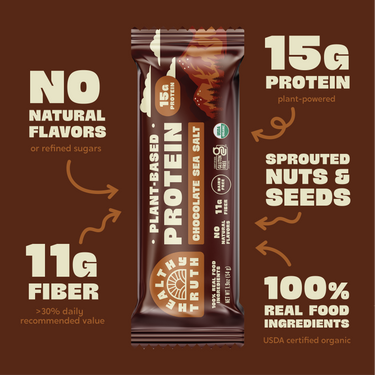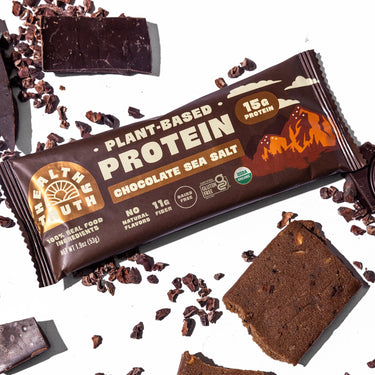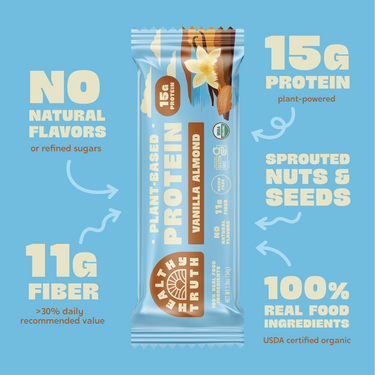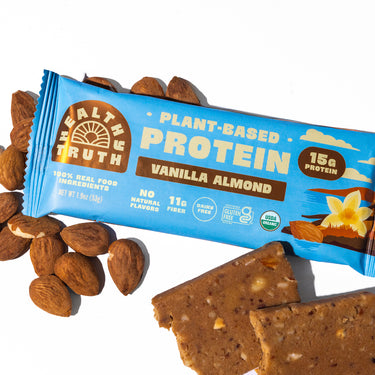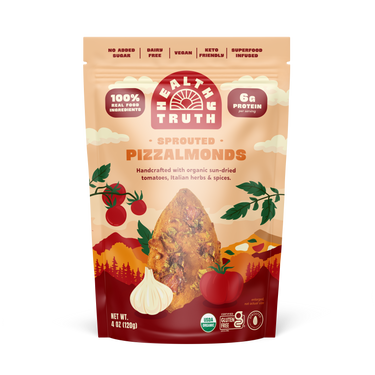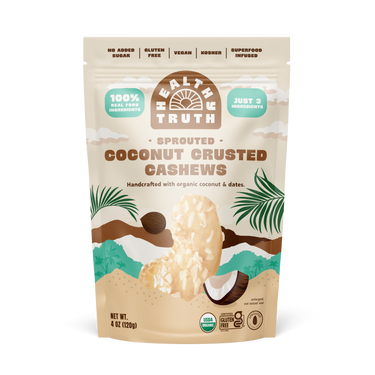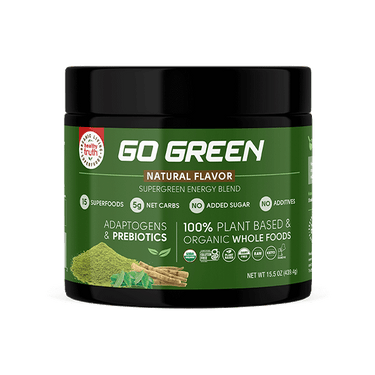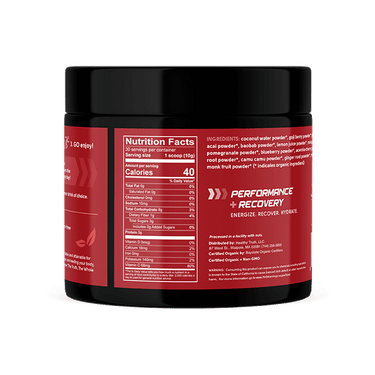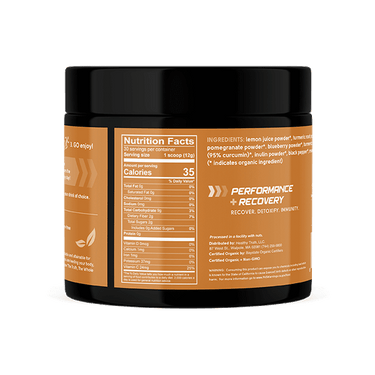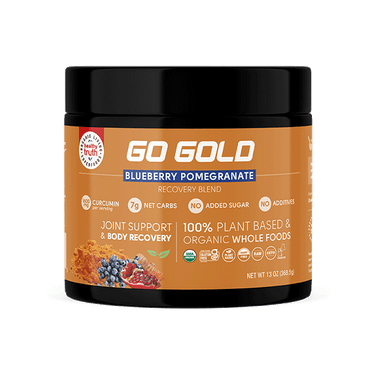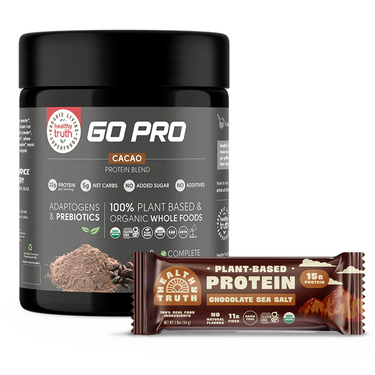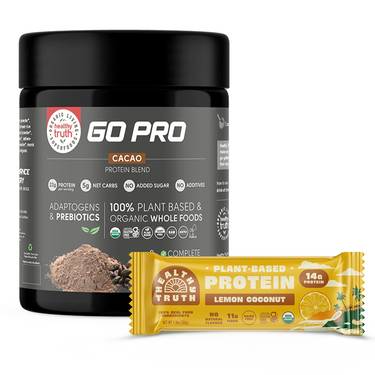
The Morning Stillness of a Champion
It’s 6:30 a.m. in Monaco. The harbor glows with early light, and somewhere above it all, Lewis Hamilton begins another day of precision and purpose.
A bowl of oats topped with berries and chia seeds sits beside a green smoothie, the same ritual that fuels his mind as much as his muscles.
He is disciplined in his morning routine because it sets the tone for the rest of the day. Mindset is where it all begins for Lewis. “It’s important to know exactly where you want to go."
When he brushes his teeth in the morning, he repeats to himself, "This is what I’m going to do – I can. If you keep telling yourself ‘I can’, you will eventually get there."
He also adds, “I stretch every morning, without fail,” Hamilton reveals. “Even if it means I’m going to be late for work, I have to make sure I stretch." (Independent)
In this article, we take you behind the scenes of Lewis Hamilton’s daily life, exploring the habits, routines, and strategies that keep him at the top of Formula 1. From his plant-based nutrition and hydration practices to recovery protocols, mental routines, and performance-focused training, you’ll discover how Hamilton combines peak performance with long-term health and longevity.
Inside the Heat: F1’s Hidden Strain
Every Formula 1 race tests the limits of human physiology. Drivers face cockpit temperatures exceeding 120°F (49°C), heart rates over 170 bpm, and forces up to 5 Gs through corners, the equivalent of having your head pulled sideways by 80 pounds.
In that intensity, Hamilton can lose up to 10 pounds of body weight, roughly 4–5%, in a single hot race like Singapore. That’s not just sweat; it’s sodium, glycogen, and focus leaving the body.
Hydration science in motorsport shows fluid losses can reach 2.0 liters per hour (British Journal of Sports Medicine). Hamilton’s hydration plan includes:
-
Electrolyte preload before each race (500–700 ml if tolerated)
-
Cold fluids during races to slow core temperature rise
-
Carbohydrate-based recovery drinks post-race for glycogen restoration
“It’s about precision,” he’s said. “You can feel it in every corner when your body’s not right.”

Fueling Focus: Hamilton’s Plant-Based Advantage
Hamilton’s transformation began when he changed what was on his plate. In 2017, he adopted a plant-based diet, crediting it for faster recovery, reduced inflammation, and sustained energy.
He told People, when referring to his plant-based diet, "It just felt like ethically, scientifically, and even based on the types of foods I love to eat, this was something that made sense for me."
His diet focuses on anti-inflammatory, whole-food nutrition; what Lewis calls his “default”:
-
Legumes and whole grains for complex carbs and fiber
-
Nuts, seeds, and avocados for healthy fats
-
Colorful produce rich in polyphenols and antioxidants
-
Plant proteins like lentils, tofu, and pea protein
This style of eating isn’t about restriction; it’s about performance longevity. A 2023 PMC review confirms that high-polyphenol, plant-forward diets help reduce oxidative stress, enhance vascular function, and accelerate muscle repair, exactly what a modern driver demands.
Healthy Truth is committed to supplying 100% organic plant-based ingredients with no added sugar or seed oils to fuel your energy and support all vital functions of your body. Try our protein bars and sprouted nuts and feel the difference of real food and active supplements.
Training for the Gs: Strength Meets Mobility
F1 training isn’t about bulk; it’s about control. Hamilton’s workouts center around neck endurance, core stability, and mobility.
Every movement is designed to withstand high G-forces and long hours in a cockpit that punishes posture.
“Neck strength is everything,” his performance team has said. “You’re fighting forces that want to tear your head sideways.”
Hamilton’s program includes:
-
Isometric neck holds and resistance drills
-
Scapular and hip mobility sessions
-
Travel-day mobility work to offset long-haul flights
He cycles training intensity based on race calendars, applying micro-deloads early in the week, heat acclimation before tropical races, and tapers during triple-headers. Motorsport research supports this approach: authentic racing triggers higher oxidative and psychological stress than simulator work.
The Recovery Code: Cold, Sleep, and Stillness
Recovery isn’t an afterthought for Hamilton; it’s the engine behind his endurance.
“I do a lot of ice baths, or cryotherapy if it’s available,” he told Men’s Journal.
His recovery toolkit includes:
-
Cryotherapy and ice baths to reduce inflammation
-
Pool work and massage therapy for muscular recovery
-
Acupuncture to regulate stress and circulation
-
Sleep rituals that prioritize rest even on travel days
He treats rest as a discipline, using cooling sleep masks, blackout conditions, and reading to ease into circadian rhythm shifts.
Lewis shared with GQ Sports how he sees sleep as part of his training, and how it resets his system.”

Mindset and Mental Clarity
In 2023, Hamilton made another bold pivot: he stepped away from alcohol.
“It’s about clarity,” he told Vogue. “Clarity in my body, my choices, and my energy.”
The decision became part of a broader wellness evolution, one that inspired his non-alcoholic agave spirit, Almave.
To manage the mental strain of 20+ global races, Hamilton leans into:
-
Mindfulness and breathwork before races
-
Visualization and journaling for focus
-
Time in nature and silence for grounding
These habits reduce cognitive fatigue and promote parasympathetic recovery, the calm state, where decision-making and reaction time peak.
“When I’m in that car, everything disappears,” Hamilton said once. “It’s just me, the machine, and the moment. That’s where I find peace.”
The Science of Self-Awareness: Biometrics and HRV
Hamilton’s performance team also integrates biometric tracking, especially Heart Rate Variability (HRV). Research in PMC motorsport studies shows HRV is a strong indicator of nervous system recovery and travel fatigue.
Hamilton uses these insights to adjust training load, hydration, and rest on a daily basis; blending intuition with data to fine-tune his readiness. It’s the art and science of self-regulation, mastered through years of feedback and awareness.
Legacy in Motion
At 40, Lewis Hamilton isn’t just a seven-time World Champion; he’s a case study in how humans can sustain excellence through balance. His performance blueprint integrates the same pillars Healthy Truth stands for: real food, mindful living, and active recovery.
From his plant-based fuel to his cryotherapy routines and reflective mindset, Hamilton proves that greatness isn’t a burst of speed; it’s a lifetime of alignment.
Lewis Hamilton’s Performance Longevity Formula
Behind every podium and championship, Lewis Hamilton’s performance isn’t left to chance. It’s the result of a carefully engineered daily routine, where every meal, workout, recovery session, and moment of mental focus is intentional. Over years of fine-tuning, Hamilton has built a blueprint for longevity that balances physical resilience, cognitive clarity, and emotional well-being. Below is a breakdown of the key pillars that keep him performing at the highest level, week after week, season after season.
-
Eat anti-inflammatory – Whole, plant-based foods for energy and recovery.
-
Hydrate scientifically – Electrolyte preload + cold fluids for thermoregulation.
-
Train for stress – Neck endurance, posture, and isometric strength.
-
Recover intentionally – Cryotherapy, mobility, and deep sleep.
-
Measure and adjust – HRV and self-awareness as feedback tools.
-
Cultivate mental calm – Mindfulness, journaling, and conscious sobriety.
Final Thoughts
What does it take to race at 200+ mph while your body fights heat, G-forces, and fatigue? And to win again and again across races, seasons, and decades? For Lewis Hamilton, it’s not just speed, it’s balance.
Balance comes from the consistent choices he makes every single day: the meals that fuel him, the sleep that restores him, the workouts that strengthen him, and the mental routines that keep him focused. It’s the daily discipline of recovery, nutrition, training, and mindfulness, repeated without fail, that allows him to perform at the highest level, race after race, year after year.
True excellence, as Hamilton shows, isn’t an occasional sprint; it’s the sum of small, consistent actions done with intention.

